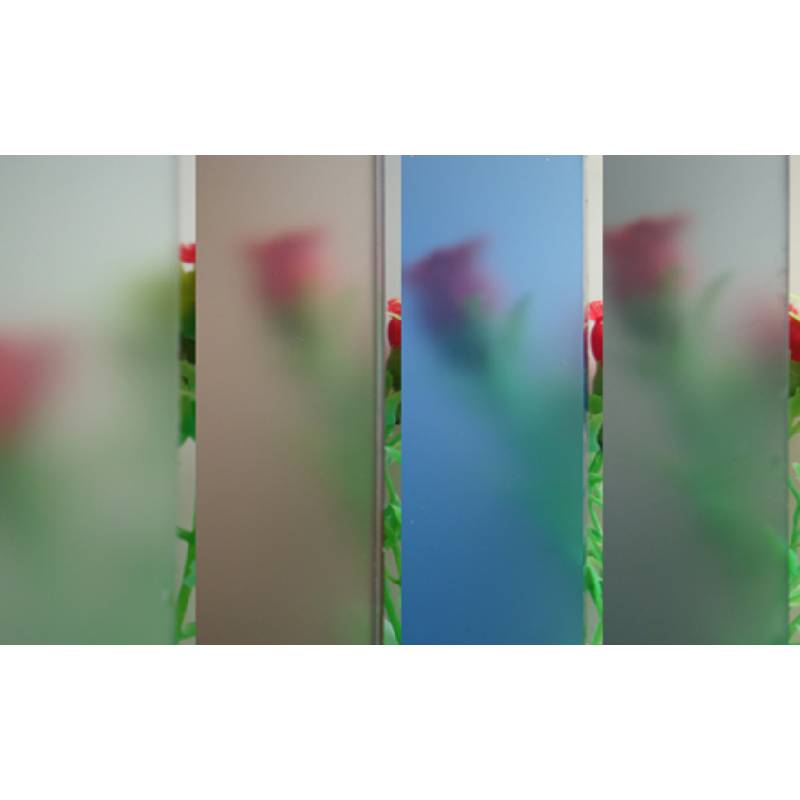

Understanding 366 Low-E Glass A Sustainable Choice for Modern Architecture
In the realm of modern architecture and construction, energy efficiency and sustainability have become paramount concerns. One of the innovative solutions that address these issues is 366 low-emissivity (low-E) glass. This type of glass is designed to enhance thermal insulation, reduce energy consumption, and contribute to a more sustainable built environment. In this article, we will explore what 366 low-E glass is, its properties, benefits, and applications.
What is 366 Low-E Glass?
366 low-E glass is a specialized type of insulating glass that features a microscopic metallic coating. This coating reflects heat while allowing natural light to enter. The term 366 refers to its specific solar heat gain coefficient (SHGC) and light transmittance properties. In essence, this glass allows for solar gain on winter days while minimizing heat loss during colder months. The 366 signifies its performance across different climates, making it an adaptable choice for various architectural designs.
Properties of 366 Low-E Glass
The primary advantage of 366 low-E glass lies in its thermal insulation capabilities. The low-E coating significantly reduces the amount of infrared and ultraviolet light that passes through the glass without compromising the visible light transmittance. This feature assists in maintaining a comfortable indoor environment by minimizing temperature fluctuations. Additionally, it helps protect interiors from fading caused by UV exposure.
Another notable property of 366 low-E glass is its compatibility with various frame materials, including wood, aluminum, and vinyl. This versatility allows architects and builders to select the best framing options based on aesthetic and structural requirements.
Benefits of 366 Low-E Glass

1. Energy Savings The reflective properties of 366 low-E glass can lead to substantial energy savings for buildings. By reducing reliance on heating and cooling systems, it lowers operating costs, making it an economically sound investment.
2. Thermal Comfort Occupants of buildings with 366 low-E glass experience fewer drafts and more consistent indoor temperatures. This enhances overall comfort levels, thereby improving the quality of life for residents and workers alike.
3. Environmental Impact Using 366 low-E glass directly contributes to sustainability goals. By reducing energy consumption, it lowers greenhouse gas emissions associated with heating and cooling. This aligns with the increasing emphasis on sustainable building practices and the reduction of carbon footprints.
4. Natural Light One of the most attractive features of low-E glass is its ability to maximize natural light while minimizing glare. This not only creates an inviting atmosphere but also promotes health and well-being among building occupants.
Applications of 366 Low-E Glass
366 low-E glass is suitable for a variety of applications in residential and commercial buildings. It is commonly used in windows, curtain walls, and skylights. Furthermore, its energy-efficient properties make it ideal for retrofitting existing buildings, enhancing their performance without necessitating complete renovations.
Conclusion
In summary, 366 low-E glass represents an advanced solution for energy-efficient building design. With its unique combination of thermal insulation, energy savings, and aesthetic appeal, it stands out as a choice for modern architects and builders aiming for sustainability and comfort. As the demand for eco-friendly construction materials continues to rise, the adoption of technologies like 366 low-E glass will play a crucial role in shaping a more sustainable future for our built environment.